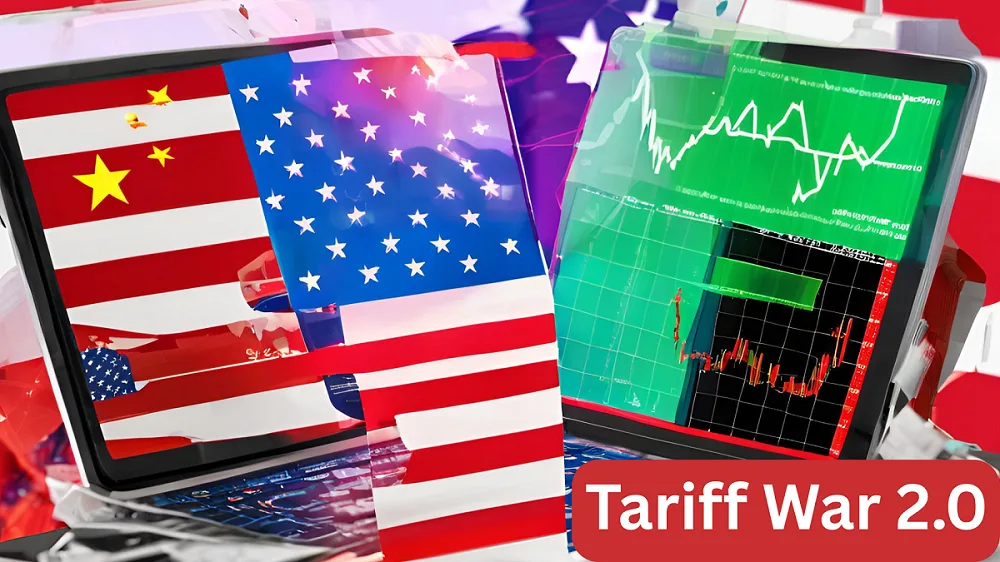Trade tensions between the US and China have once again gained momentum. The US Presidential Administration has recently announced new tariffs on many high-tech products and semiconductor-related items. Its direct impact is being seen on China’s tech sector, especially chip manufacturing, electronics, and artificial intelligence companies.
What is Tariff War 2.0?
The US-China trade war during 2018-2020 shocked global markets. Now in 2025, a new kind of tariff war has started which is being called ‘Tariff War 2.0’. This time the focus is on the technology and innovation sector, as the US fears that China’s technological advancement could challenge US strategic and economic security.
Which sector is facing the biggest blow?
- Analysts believe that China’s technology stocks, especially semiconductor, artificial intelligence, defense-tech and smart device companies, could become the biggest victims of the tariff war.
- Shares of major chip makers such as SMIC (Semiconductor Manufacturing International Corporation) fell by 7%.
Companies such as Tencent and Alibaba, whose cloud technology is dependent on US markets, are bearing the brunt of investor anxiety. - DJI (drone maker) is also under pressure, as the US has announced import restrictions on many of its products.
Why target only the tech sector?
- China’s focus on advanced chip technology: The Chinese government has set a goal of making itself a world leader in AI and chip sector by 2030.
- National security concern: The US fears that Chinese companies may collect sensitive data which could pose a threat to its security.
- Control of global supply chain: China is gradually gaining a strong position in the semiconductor supply chain, which is troubling the US.
How was the market reaction?
The Shanghai Composite Index and the Shenzhen Tech Index together saw an average decline of more than 3%. The Nasdaq-style ChiNext Index, which is dominated by tech stocks, suffered the most.
Investors’ opinion:
Beijing investor Li Wen says,
“We had hoped that US-China relations would improve, but now we think the fight over the tech sector will deepen.”
What is the Chinese government doing?
China has described the US action as “unfair and discriminatory” and has indicated filing a complaint with the WTO. Along with this:
- Subsidies to local companies have been announced.
- Emphasis is being placed on domestic technological self-reliance.
- New markets are being targeted under the Belt and Road Initiative to reduce US dependency.
What is the message for global investors?
Experts believe that:
- If long-term investors are in the tech sector, they should be prepared for volatility.
- Diversification i.e. investing in diverse markets is the solution.
- New opportunities for tech investment may open up in markets like India, Vietnam, Taiwan, as companies are diversifying supply chains.
What does US policy say?
The US strategy is to restrict technology access to Chinese tech companies and promote its domestic chip production.
Just last week, the US Congress passed the “Chip Shield Act 2025”, under which US companies will be given assistance in chip design and manufacturing. This will make it more difficult for Chinese companies to access US technology.
Will the future get worse?
It is difficult to say right now when Tariff War 2.0 will end, but it is certain that it will have a direct impact on Chinese tech stocks and this volatility may continue for the rest of 2025.
If US investment restrictions increase further, many Chinese companies will have to abandon dual listing and rely on domestic markets. This will impact not only the stock market but also global technology development.

